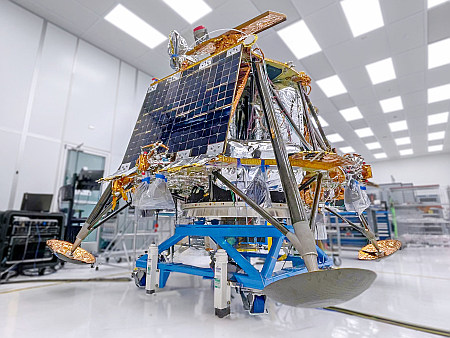Chinese pseudo-company launches six satellites from off-shore barge
The Chinese pseudo-company Galactic Energy today completed a launch of six satellites, its Ceres-1 rocket lifting off from a barge off the coast of northeast China.
China’s state-run press once again illustrated how fake these pseudo companies are, in that it made no mention of the company in its official report, stating simply that the launch was completed by “China.” The companies might raise investment capital funds and sign contracts and make profits, but in the end they only do what they are told to do by the Chinese communists, and at any point those communists can confiscate the company for the government’s own purposes.
The leaders in the 2024 launch race:
84 SpaceX
36 China
10 Rocket Lab
9 Russia
American private enterprise still leads the rest of the world combined in successful launches 99 to 54, while SpaceX by itself leads the entire world, including American companies 84 to 69.
The Chinese pseudo-company Galactic Energy today completed a launch of six satellites, its Ceres-1 rocket lifting off from a barge off the coast of northeast China.
China’s state-run press once again illustrated how fake these pseudo companies are, in that it made no mention of the company in its official report, stating simply that the launch was completed by “China.” The companies might raise investment capital funds and sign contracts and make profits, but in the end they only do what they are told to do by the Chinese communists, and at any point those communists can confiscate the company for the government’s own purposes.
The leaders in the 2024 launch race:
84 SpaceX
36 China
10 Rocket Lab
9 Russia
American private enterprise still leads the rest of the world combined in successful launches 99 to 54, while SpaceX by itself leads the entire world, including American companies 84 to 69.








